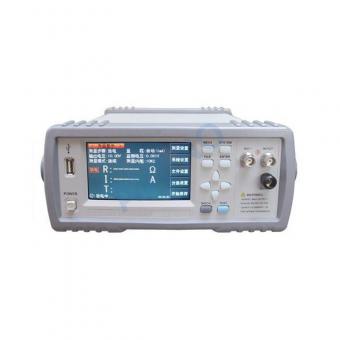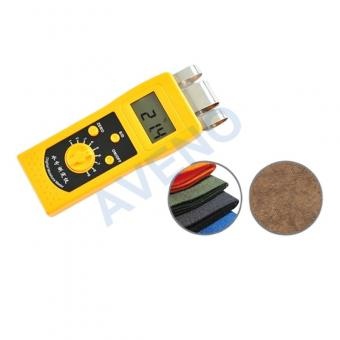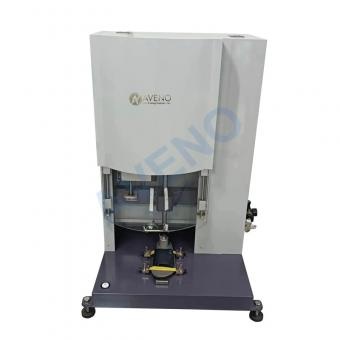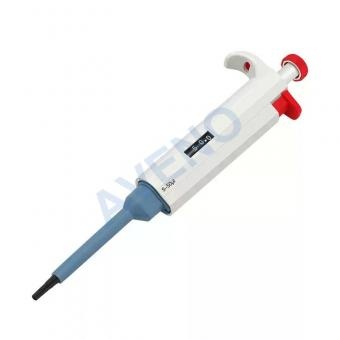
Apr 28, 2025
Dear Customers and Friends, The May Day International Labor Day is approaching. According to the national statutory holidays and combined with the actual operation of our company, the relevant matters of AVENO's 2025 May Day holiday are hereby notified as follows: Holiday Time: The holiday will be from May 1, 2025 (Thursday) to May 5, 2025 (Monday), a total of 5 days. If you encounter urgent needs, you can call the emergency service hotline 86 0595-82952345, and we will coordinate relevant resources to solve the problem for you. Starting from May 6, 2025 (Tuesday), all our staff will resume normal work. At that time, we will help you with more enthusiasm and efficient service. Thank you for your continued support and trust in our company. We wish you a happy and peaceful May Day holiday! AVENO Founded in 1998, AVENO is mainly engaged in textile test equipment, footwear test equipment, toy test equipment and other laboratory testing instruments, which are favored and recognized by customers at home and abroad. AVENO TECHNOLOGY CO., LIMITED April 28, 2025 Sales Dept Tel: +86 15280858852 Email: sales@avenotester.com Skype: sales@avenotester.com Web: www.avenotester.com






 +8615280858852
+8615280858852











 Oct 06, 2025
Oct 06, 2025





 online service
online service +8615280858852
+8615280858852
 +8615280858852
+8615280858852